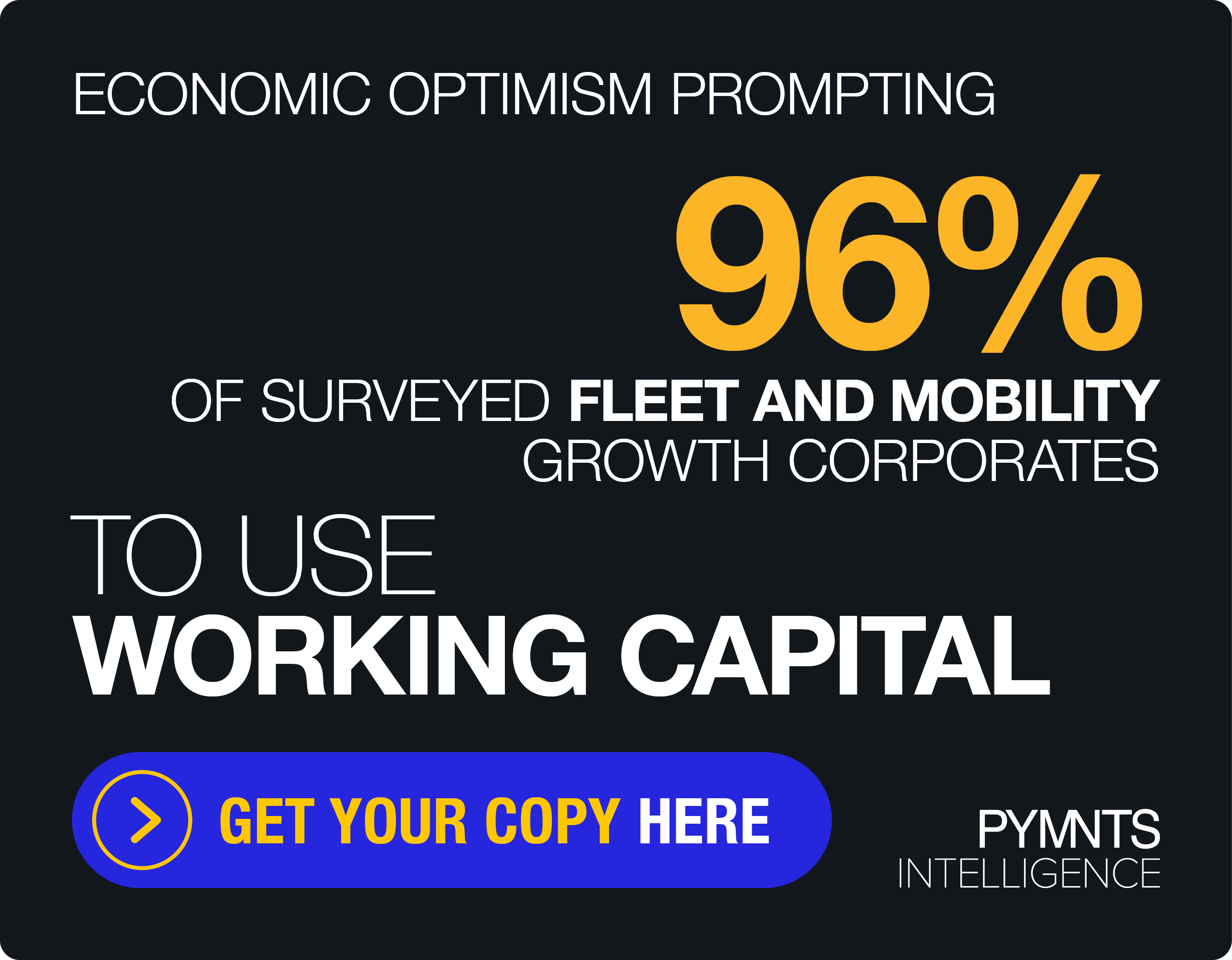Embedded Finance Streamlines Expense Management for EU SMEs
Automation and artificial intelligence (AI) have transformed the way businesses operate, serve customers, market products and even conduct research, resulting in increased productivity and improved efficiency, as well as significant bottom-line growth.
But for the small- to medium-sized enterprise (SME) segment, Ivan Maryasin, co-founder and CEO of Berlin-based FinTech automated finance management platform Monite, is of the view that they are usually underserved when it comes to finance automation elements.
To meet that challenge, Monite offers a finance management platform that enables SMEs to automate their administration and accounting tasks all under one roof.
“[It] is a one stop shop for a small business owner to operate finance,” Maryasin told PYMNTS in an interview. “You can connect all your bank accounts to [the platform] and have a multi-banking interface to do payables, receivables and expenses all in one place.”
From that initial solution, feedback from business-to-business (B2B) firms with hundreds, and sometimes thousands, of SME clients highlighted the need for an embedded finance solution to streamline their business processes.
That is where the Monite application programming interface (API) comes into play today, enabling B2B firms to plug finance automation features into a simple API — allowing any neobank, marketplace or vertical Software-as-a-Service (SaaS) player the ability to offer invoicing, accounts payable (AP) automation and expense management to their clients within their existing interface.
“They don’t have to change the interface, they don’t have to buy a new software, they can just get an upgrade,” Maryasin explained.
Currently, the Berlin-based FinTech, founded in 2020, covers the United States and most of the major markets in Europe, although the company does have plans to expand internationally after completing its Series A round.
Read more: Berlin FinTech Monite Raises $5M for its B2B Finance Management Platform
EU-US Regulatory Compliance
For cross-border businesses, ensuring regulatory compliance in multiple countries can be challenging and costly in terms of both time and resources.
“If you are a service provider and have an audience of tens of thousands of SMEs, unless this is your core area of expertise or your core business area, it’s a very hefty investment to make in order to determine [and keep abreast with] all the standards,” Maryasin said.
Here again, the German firm saw an opportunity to add value to its customers, Maryasin noted, helping businesses to carry out invoicing compliance across all European countries with a single API integration, creating a specialized team that understands and is up to date on all invoicing standards across the region, and is even capable of predicting how regulation will evolve in near future.
Regarding the major differences between the U.S. and the firm’s core European markets, Maryasin said the U.S. market is “a lot lighter” from a regulatory perspective, which makes standards and operations related to finance automation much easier to set up.
He added that compared to European firms, small B2B businesses in the United States are more mature and knowledgeable when it comes to the adoption of digital tooling. He used SME-focused FinTech firm Melio as an example of a U.S.-based company that has experienced rapid growth in the B2B segment, with over $500 million in capital raised in less than four years of launch.
The U.S. B2B market also offers a lot more diversity in the set of use cases, Maryasin continued, from legal platforms willing to automatically invoice customers for cases won in court to gig economy companies that want to integrate an expense management product into their delivery app.
However, he argued that the European market is where they still see huge potential for business growth, despite the challenges around the adoption of standards for invoicing across the region.
“In essence, I think it’s actually very helpful that our product strategy started here [in Europe],” he said. “It’s easier to go from Europe to the U.S. than it is from the U.S. to Europe in terms of compliance regulation and being able to handle edge cases.”
Clear Business Messaging
For any business looking to gain new clients, a clear messaging is key — and for Maryasin, it has not been difficult selling the firm’s product value proposition when engaging directly with SMEs.
However, he acknowledged that breaking down the novel concept into simple terms is going to be more challenging now as a business-to-business-to-business (B2B2B) provider that is helping neobanks, vertical SaaS players and other platforms deploy these functionalities inside their interface.
While it will take a certain amount of industry education to come to a place where it’s very easy to communicate the concept, he was optimistic that as a customer-focused business, they can help their business clients clearly explain Monite’s value to their customers.
He added that unlike new specialized providers that spend almost half of their funding on customer acquisition, they have adopted an entirely different approach to creating customer stickiness.
“Our philosophy is [that] it’s probably 20 times easier to upsell customers on the value they need, rather than to go reacquire them on a market,” Maryasin said. “So, in that sense, we will hopefully have a smoother ride communicating this to existing audiences [like] vertical SAS players, neobanks and marketplaces.”
Sign up here for daily updates on all of PYMNTS’ Europe, Middle East and Africa (EMEA) coverage.
